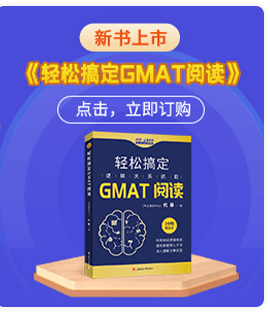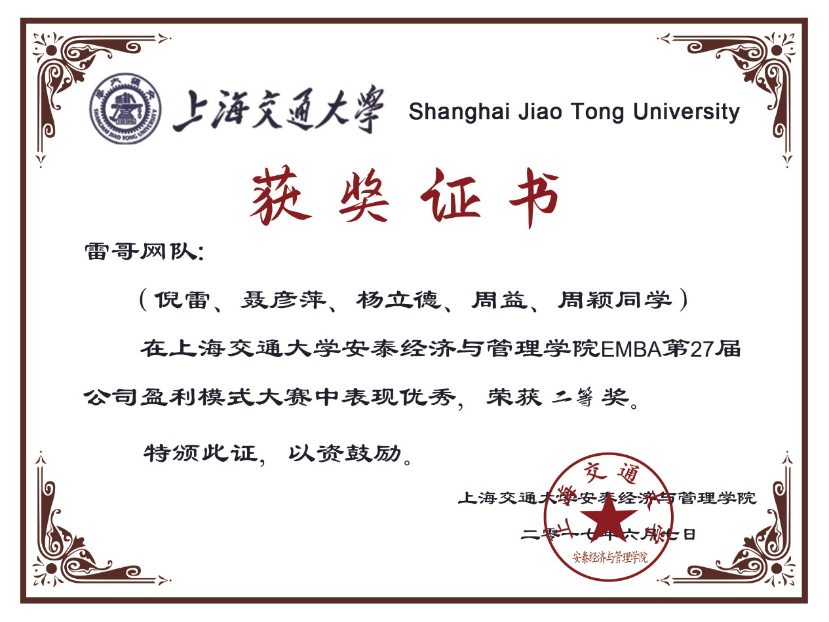视频解析
文字解析
This questio
that other paleontologists argued against this idea, claiming instead that vertebrates began as predators and that teeth were a more primary feature than external armor.
A.The second paragraph focuses on describing the debate rather than on the distinctive contribution of the 1981 discovery to that debate.
B.The second paragraph does not explicitly indicate whether the opposition to the
traditional view originally rested on the 1981 discovery of conodont remains. In fact, the surrounding discussion, in the first and third paragraphs, suggests that the discovery in 1981 turned out to support the opposing view, which some paleontologists already held at that time.
C.The mention of ostracoderms in the second paragraph merely serves to indicate how
the traditionalists’ arguments might have seemed plausible. The paragraph as a whole is not devoted to contrasting the ostracoderms with earlier soft-bodied vertebrates.
D.The development of teeth figures in the second paragraph, but this development is mentioned first as a feature that some believed to have been adapted from protective scales; only the final sentence of the paragraph connects teeth to early vertebrate predators.
E.Correct. According to the passage, the debate concerning the development of the vertebrate skeleton hinges on whether vertebrates began as predators, with teeth, or
whether skeletal defenses such as external armor evolved first. The primary purpose of the second paragraph is to distinguish these two sides.
The correct answer is E.
GMAT会员
- 【OG18-P680-668题】In a review of 2,000 studies of human behavior that date back to the 1940s, two Swiss psychologists, declaring that since most of the studies had failed to control for such variables as social class and family size, none could be taken seriously.
- 【OG18-P680-671题】Manufacturers rate batteries in watt-hours; if they rate the watt-hour higher, the longer the battery can be expected to last.
- 【OG18-P680-672题】At the end of the 1930s, Duke Ellington was looking for a composer to assist him-someone not only who could arrange music for his successful big band, but mirroring his eccentric writing style as well in order to finish the many pieces he had started but never completed.
- The passage provides information to support which of the following statement about La Nina?
- The author of the passage would most likely agree with which of the following statements about the link between increased solar activity and certain seasonal weather changes on the Earth?

添加官方小助手微信
了解更多GMAT考试与咨询















 400-600-1123
400-600-1123





 资深讲师题题有解析
资深讲师题题有解析






















 12G备考资料
12G备考资料